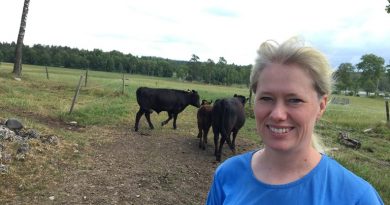Inuit from northern Quebec are genetically unique from any present-day population, study finds
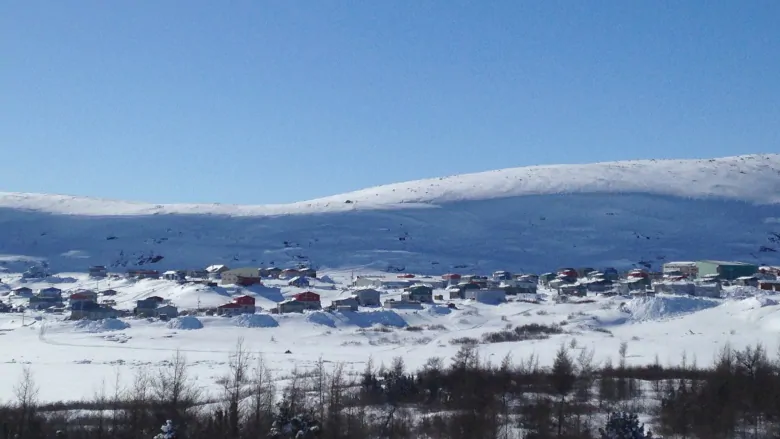
Researchers have found that Inuit from northern Quebec are genetically distinct from any present-day population, and say studying the genes of minority Indigenous populations in Canada can help deliver better health care catered to these populations.
In a study published Monday in the journal Proceedings of the National Academy of Sciences, researchers mapped out the complete genetic profile of Inuit in the Nunavik region — what they claim is a first. Researchers then honed in to study the effects these genetic variants may have on disorders like brain aneurysms.
“That’s the novelty of this study,” said Sirui Zhou, the primary author of the study and a researcher with the Neuro (Montreal Neurological Institute and Hospital).
Zhou said only a small group of Arctic Inuit have been genetically profiled around the world, as with most Indigenous populations in Canada.
“There’s a lot to learn from genomes of smaller populations that are understudied,” said Patrick Dion, associate professor at McGill University, one of the study’s authors.
Researchers compared the genetic profile of 170 Nunavik Inuit to “everyone possible” from Asians, Africans, and Europeans to North and South Americans.
“They were very different, as was expected” said Zhou.
Then researchers compared the profile with those available from other Indigenous populations, from Greenlandic Inuit to Indigenous groups from North and South America, Alaska, and Siberia.
“[Nunavik Inuit] were still very unique, because they are isolated, homogenous, and not known to have admixed with other populations,” said Zhou.
“They do not share similar genetic components [or] genetic structure to any kind of present-day, worldwide populations.”
The study found Nunavik Inuit may have genetic components derived from ancient Arctic Indigenous populations.
“Paleo-Eskimo [genetic] ancestry is almost extinct in all current populations. But Nunavik Inuit probably have the largest component of an ancestry that could be likely derived from [the] Paleo-Eskimo[s].”
(Below is a relationship tree diagram showing Nunavik Inuit (bottom corner) with other Indigenous populations.)
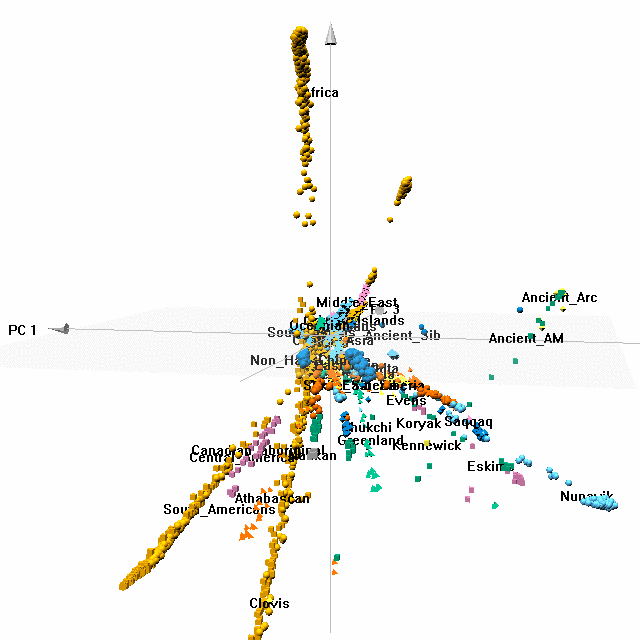 Zhou said while looking at the exonic regions of the Nunavik Inuit’s genome — “the most important regions” which are responsible for coding proteins — she found about 130 unique genetic variations.
Zhou said while looking at the exonic regions of the Nunavik Inuit’s genome — “the most important regions” which are responsible for coding proteins — she found about 130 unique genetic variations.
Zhou said to her knowledge, that seems to be “a substantial amount.”
Over the course of 25 years, 170 participants were recruited to participate in the study, mainly after physicians referred them to go to Montreal for screenings for brain aneurysms. Some participants were family members of people at risk for the disorder, who were getting proactive screening; others were partners who were married into the family, who wouldn’t necessarily have that risk, Zhou said.
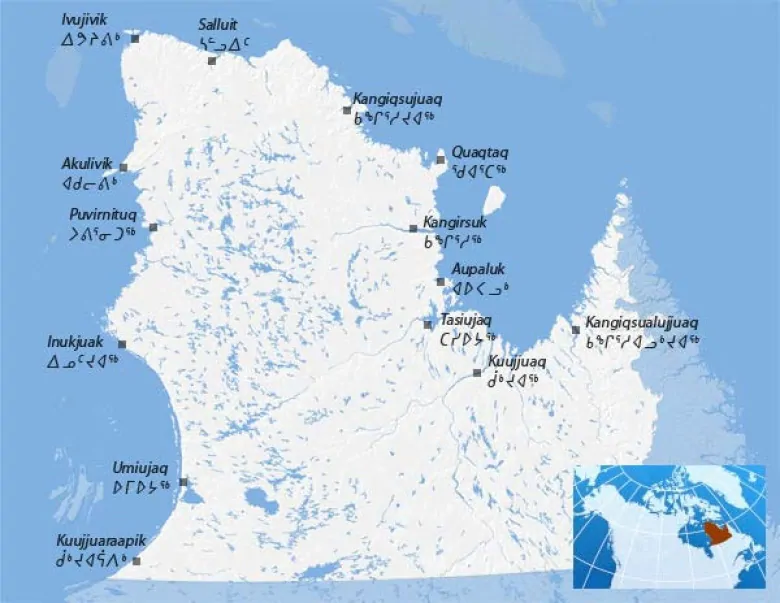
Participants were from across the Nunavik region from both the Hudson Bay and Ungava Bay area. Ten communities were represented, and many from Ivujivik and Kangiqsualujjuaq, said Zhou.
Zhou said the 170 sample size is a fair representation of the population, at approximately one per cent of Nunavik’s population according to the 2016 census.
Higher risk for brain aneurysm
The study also found a unique genetic variant in Nunavik Inuit that is associated with a higher risk to develop brain aneurysms.
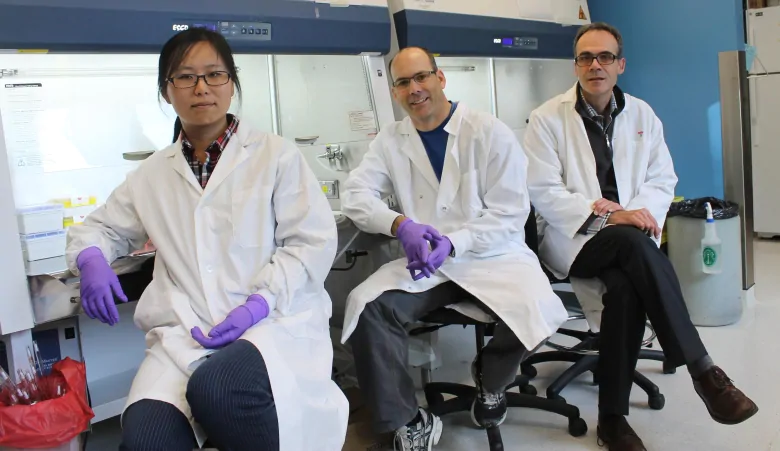
Zhou said researchers have two hypothesis as to why Nunavik Inuit are at higher risk for this disorder: firstly, because of the small population size, some genetic variants that cause diseases “happen to accumulate in high frequency,” increasing the risks; secondly, Zhou said those same variants may have historically had other beneficial functions for Inuit, like their ability to adapt to harsher environments.
Zhou noted that multiple genetic variants and environmental factors are involved in contributing to developing a brain aneurysm.
Zhou said knowing the genetic makeup of Indigenous groups could provide better health care for those populations — like helping communities screen people for diseases they’re at higher risk for genetically.
“We’re hoping that this study can inspire … a lot more genetic studies on Inuit, Aboriginal people,” said Zhou. “So we can actually design health care to suit them better.”
Researchers said they provided the results of the study to the community leaders through the Nunavik Regional Board of Health and Social Services.
Related stories from around the North:
Canada: Relying on short-term doctors may harm health care in Canada’s eastern Arctic, CBC News
Finland: Lapland’s sick leave, accidental injury rates among highest in Finland, Yle News
Sweden: Fewer people suffering strokes in Sweden, Radio Sweden
United States: Researchers identify Inuit gene responsible for sugar intolerance, Alaska Dispatch News



